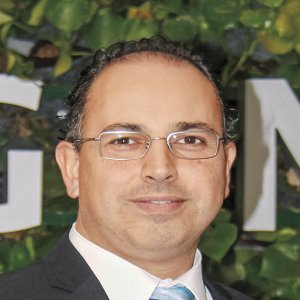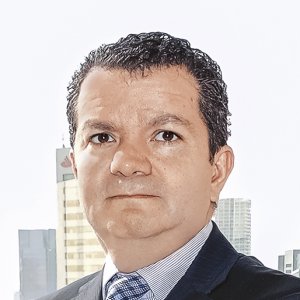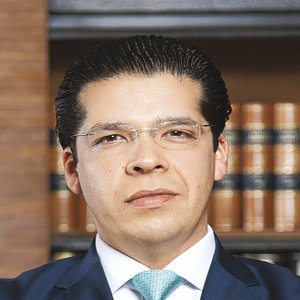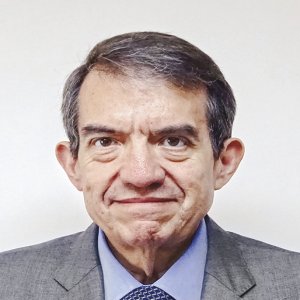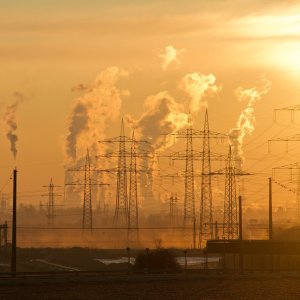Building on Milestones to Ensure a Robust Energy Market

STORY INLINE POST
Q: What were CRE’s successes in 2017 and what can we expect as its regulatory responsibilities increase in 2018?
A: In 2017, consolidating both the oil and gas markets by increasing the number of private participants, diversifying the offer available and empowering final consumers was our greatest achievement. We also enjoyed success regarding renewables in the wholesale electricity market to provide the country the electricity it needs.
In 2018, the fourth long-term electricity auction will be published and executed by CRE, together with CENACE. The difference will be in how the two entities are switching roles. In the first three auctions CRE acted as a technical adviser but it will now coordinate the design of the fourth auction, while CENACE will implement it and the Ministry of Energy will act as technical adviser. We will not change what is working well. CRE’s message to all interested parties is one of continuity and any eventual change will help make auctions more attractive to potential participants. Financial entities are growing accustomed to the auction’s new schemes and are developing project finance mechanisms. We want to maintain their interest in the auctions.
CRE will also be responsible for announcing the electricity tariffs, the first of which was the Basic Supply Tariff we published on Nov. 29, 2017. Tariff methodologies have already been approved and published. The relevant point is that these tariffs will be based on the monthly electricity generation cycle, while they previously were calculated based on a 1990s methodology that used a fixed power-producing mix where price was solely impacted by fuel price variations. This new attribution is historic as tariffs will be determined for the first time by an independent, autonomous regulator, contributing to the market’s development.
Q: What steps will CRE implement to ensure the continuity of the Energy Reform under the next administration?
A: Continuity is key for fostering certainty and reliability. CRE’s commissioners have seven-year mandates, outside of political cycles, with phased nominations. Another major component is CRE’s organizational structure. We restructured CRE to provide an ever-improving service. While my predecessor’s commission was completely cross-sectional, we set out to reassemble CRE into business units, with new rules of procedure published in May 2017. These outlined our four substantive business units – petroleum products, natural gas, LPG and electricity – with four underlying departments. Each business unit comprises all of CRE’s service branches: tariffs, contract terms and conditions, market monitoring and permits. This structure has helped develop procedures and protocols that work seamlessly regardless of who is at the helm.
Mexico’s Energy Industry Law (LIE) was launched with the Ministry of Energy as the primary regulator but it was meant to be transitional. The Ministry of Energy published a wide array of manuals and concluded this process in the last half of 2017, creating the market’s legal basis that CRE inherited as the new permanent regulator of Mexico’s electricity market.
Q: CRE signed a MoU with Canada’s Energy board. How is CRE shaping an integrated version of North America’s energy market?
A: We also signed a MoU with the North American Electric Reliability Corporation (NERC) and the National Association of Regulatory Utility Commissioners (NARUC). To date, we have 11 interconnections with the US: six emergency interconnections and five for continuous supply, with another two in the pipeline. The idea is to have them operating as a connected market but we still have discrepancies in terms of reliability rules, which is preventing us from enabling all interconnections as continuous supply. Baja California already complies with these rules as it incorporated NERC’s best practices and our constant interactions with NERC, NARUC and Canada’s Energy Board will help bring the rest of the country up to speed with these best practices. These efforts are vital for the region’s energy security, especially considering the precedent of California’s 2010 blackout, where Baja California responded swiftly to restore electricity to its American neighbor.
Q: How did CRE make sure CELs were ready for launch in 2018?
A: The design of CRE’s S-CEL system was developed jointly with USAID over the course of the year. This platform has the potential to enhance the amount of renewable energy in Mexico’s energy mix to help meet its clean energy generation commitments. Visibility and transparency on CELs transactions – purchase, sale and ownership tracking – are key.
Q: What are CRE’s priorities for 2018?
A: From a regulatory standpoint, CRE will focus on developing Mexico’s natural gas market through 2018’s Open Season. This year’s edition, proposed by CENAGAS, was regarded as highly successful and we want to build on that positive momentum. Forty-four percent of the country’s natural gas capacity is now in different hands from those of CFE and PEMEX, and we want to continue to provide certainty for all interested parties.
Developing the country’s natural gas price hub is also a priority. We are already shifting from publishing national monthly prices to regional monthly prices and we will eventually achieve regional daily prices. Working jointly with the Mexican Association of Natural Gas (AMGN), we identified the intrusive nature of natural gas regulation and designed a more flexible framework for permitting and profitability track terms compared with the prevailing accounting terms.
Q: How do you think the business community will react or adapt to the uncertainties of an election year?
A: Looking back, the most uncertain period in the country’s recent history was last year’s US presidential elections. One month later, we witnessed the success of Round 1.4, the deepwater chapter, which included participation from major US companies such as ExxonMobil and Chevron. This experience tells us that the business world is above political discourse or alignments. As long as the rules are clear, transparent and foster open participation, business will continue and investments will pour in.
The reform is unmovable and constitutional, and reverting it requires a two-thirds approval from Congress, meaning an unlikely association of several different political forces. For this sector, such an exercise has only been done once in the last 80 years. Achieving it in itself was a feat, repeating it, considerably harder, especially considering the Mexican Supreme Court has repeatedly pronounced itself in favor of the reform’s constitutionality when any legal issue pertaining to the reform arose. Academia’s intensive involvement in the sector should also be of note. Many universities are integrating curricular programs in energy law, renewable energy, and environment-related disciplines. Local governments have recognized the economic development potential of the reform, beyond political affiliation.
Q: With all these new developments going in the right direction, what is CRE’s primary concern?
A: We went through an orderly and gradual gasoline price-liberalization process, with adjustments from the Ministry of Finance, so that gasoline prices would reflect logistics costs. It was a major shift, without which the wide array of international gasoline brands would not be able to set up shop across the country. Looking forward, a potential risk that must be avoided at all costs is investment levels beginning to stagnate. Mexico requires close to US$100 billion of investment in power generation alone to remain competitive compared to international markets. Being content with our recent milestones is, I think, our greatest risk.
The retail market may be moving at a fast pace but much remains to be done to develop a solid wholesale market. True competition will be achieved when wholesalers, both local and foreign, build a market footprint large enough to inject competition to the point that PEMEX feels this competition is real, strengthening and reinventing its processes. When both productive companies of the state feel pushed from their comfort zones, we can consider our work is bearing real fruit.
